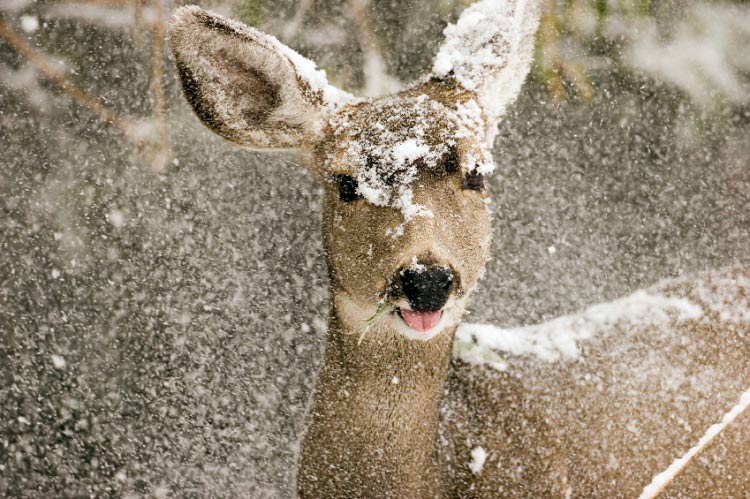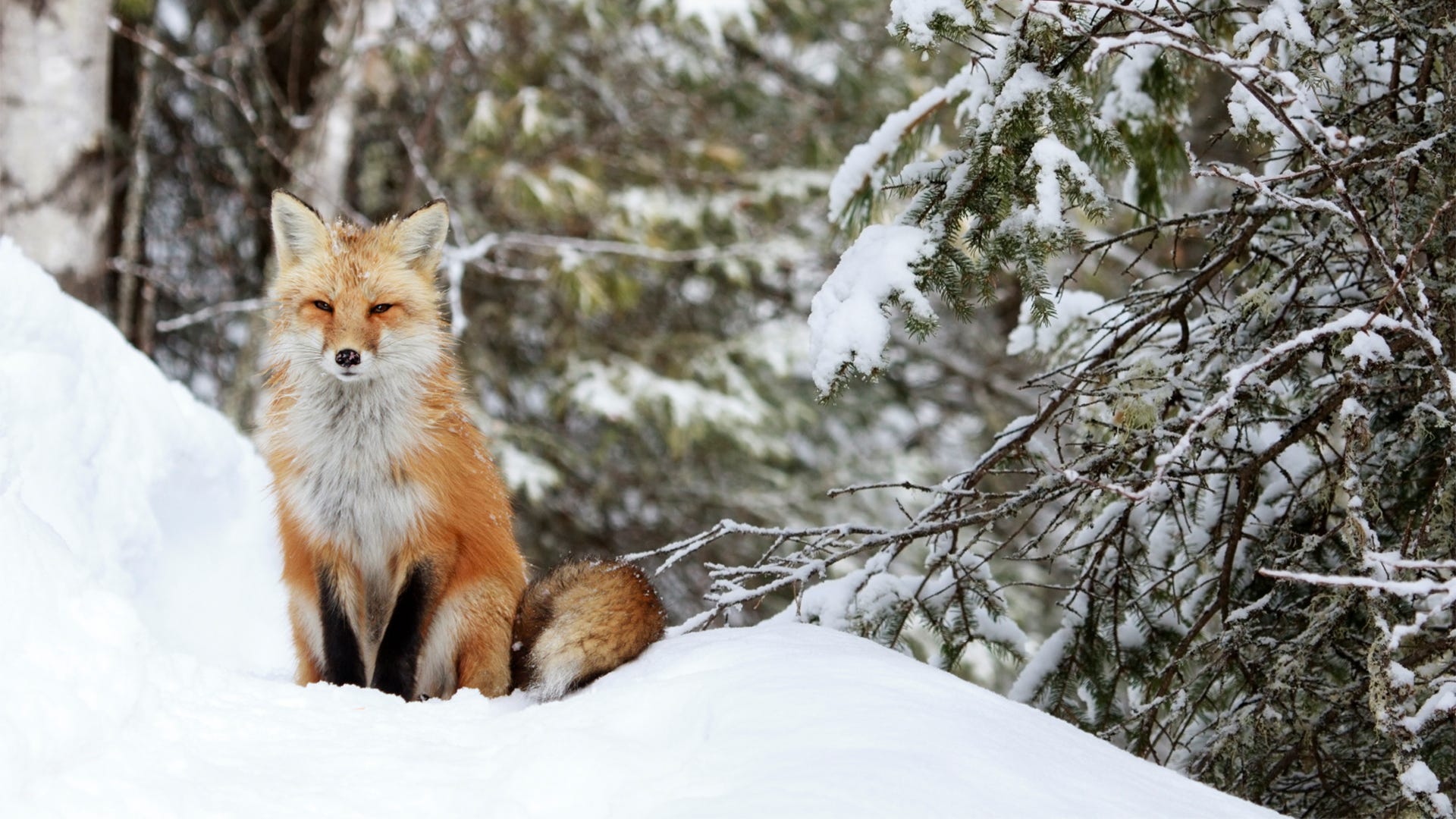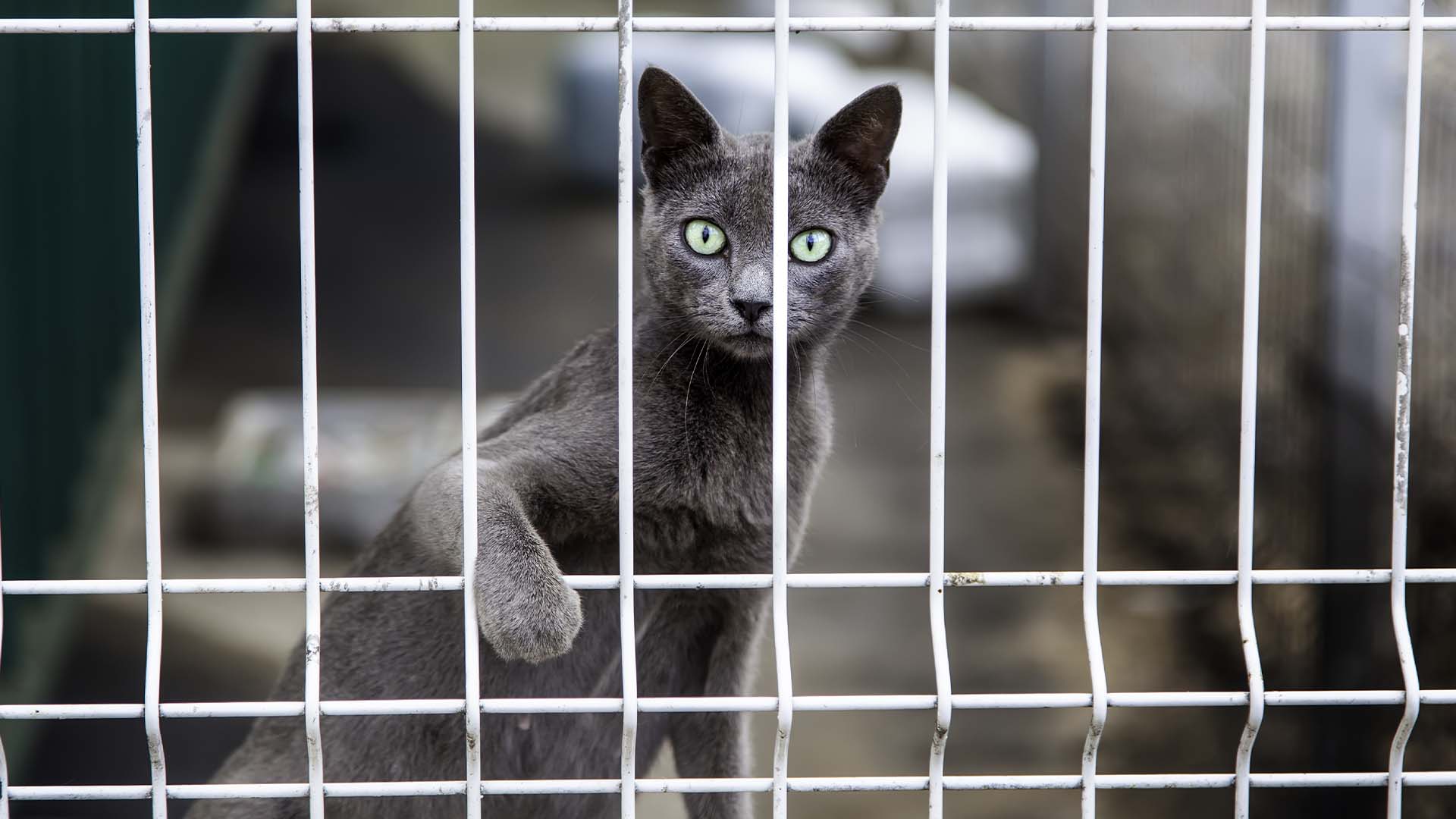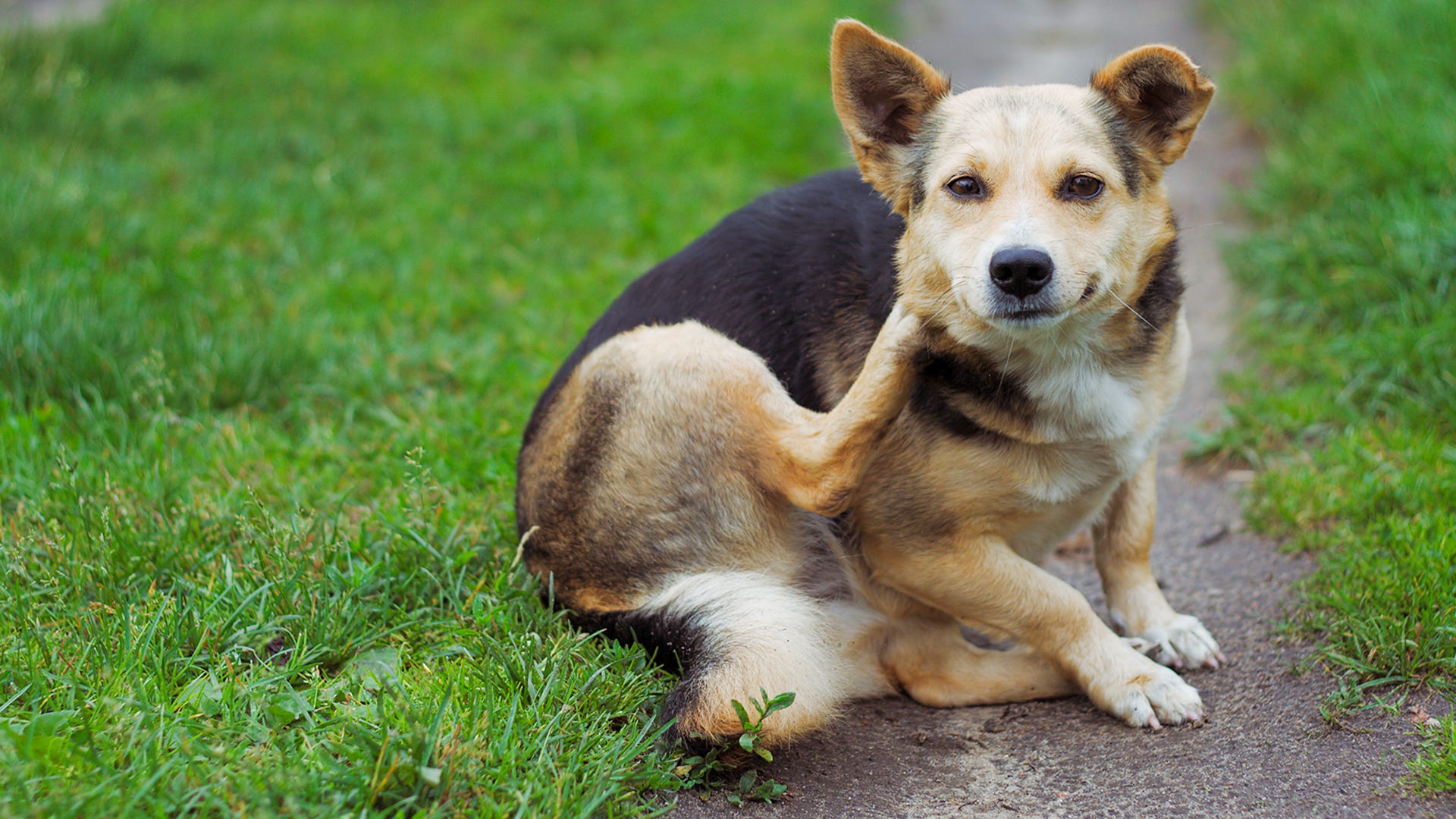Have you ever wondered how animals survive during the cold winter months? Animals use one of three coping mechanisms to deal with cold, snow and food shortages. Animals in winter may:
- Migrate: Migration means moving, and some animals move with the changing seasons. By moving from cold areas to warmer ones, animals are able to find food sources that are otherwise unavailable during the winter months. Birds migrate, but some mammals do, too - bats, elk, caribou and even some whales follow the weather to find warm winter quarters.
- Adapt: Some animals change with the seasons, adapting to the temperature and weather conditions. They may grow a thicker coat, or their fur may change color so they blend in better with the snow. Whitetail deer grow a grayish coat during the winter, which blends in well with the color of forest tree trunks. Their coats change to richer, reddish-gray during the spring and summer, which blends in better with the dappled shade of warm weather. Other adaptations include the squirrel’s propensity to store nuts and seeds, which provide them with an adequate store of food during the winter.
- Hibernate: Among the more curious ways animals survive the winter is hibernation. We’re all aware that bears hibernate, but what about other animals - do deer hibernate? Do groundhogs hibernate? Do squirrels hibernate? No, but other animals and insects do. During hibernation, the animal’s body drops into a special kind of deep sleep. Systems slow down to preserve energy. Bears, skunks, chipmunks and some species of bats all hibernate to conserve energy and wait until food sources are plentiful again.

Animals in Winter Like Warmth, Too
Animals in winter like warmth just as much as you do. That’s why they seek places in your home, garage or outbuildings to shelter from the cold. Many animals such as raccoons and squirrels can enter through small gaps in your house. Loose chimney caps, missing shingles, and open vents are all an invitation for animals to widen the gap and take up residence.
It’s a smart idea to do a simple visual inspection of your home each fall for this reason. Just take a pair of binoculars outside and use them to zero in on the roof, chimney, and outdoor vents. Examine them for cracks or gaps and have your contractor fix them to prevent animals from entering.
If you do find a squirrel or another animal in your home, don’t panic. Havahart® makes traps that are able to humanely and safely catch animals that have found their way into your home. When you have made a catch, you can take the trap outside, far away from your home and release the animal back into the wild.
Have More Questions?
Feel free to let us know if you’ve found a stowaway in your home in the comments below or visit us on Facebook to tell us about it. Also, be sure to subscribe to our e-newsletter, which will clue you in on new products and other helpful articles to protect your home from pests.




